Introduction
The vision of a tropical paradise—pristine white sand beaches, rows of swaying coconut palms, and gently sloping shorelines—is deeply ingrained in travel advertising, luxury resort brochures, and even our collective imagination. But how much of this idyllic scene is truly natural, and how much is a manufactured landscape designed to meet tourist expectations?
In reality, many of the world’s most famous beaches have been heavily modified to fit this aesthetic, often at the cost of native ecosystems, coastal resilience, and biodiversity. Today, some resorts, like Six Senses Laamu and others, are pioneering sustainable approaches that embrace the natural beachscape rather than reshape it. This shift is sparking interest among travelers and hoteliers alike, leading to a renewed focus on native vegetation, coastal protection, and eco-friendly development.
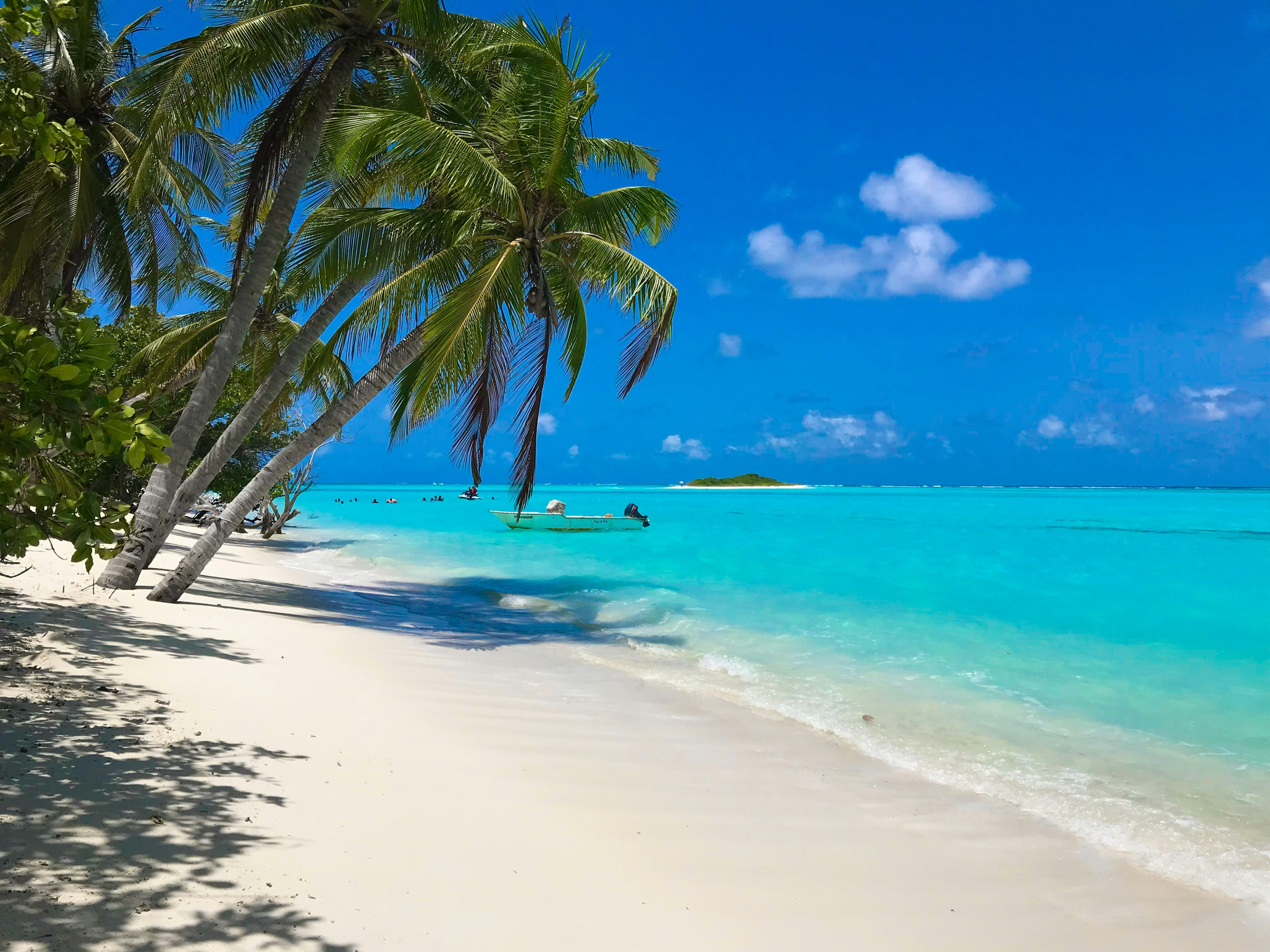
Are White Sands and Coconut Palms Natural?
The iconic image of white sand and coconut palms is only partially based on reality. While such landscapes do exist naturally in certain tropical locations, they are far from the universal norm.
White Sand: Many white sand beaches are the result of coral breakdown over thousands of years. However, some beaches are artificially replenished with imported white sand to maintain their appearance. Beach nourishment projects in Florida, the Caribbean, and the Maldives often involve dredging sand from offshore or trucking it in from other locations.
Coconut Palms: Though often associated with tropical beaches, coconut palms (Cocos nucifera) are not native to all coastal environments. Many were introduced for agriculture and aesthetics, replacing native trees and shrubs that offered superior erosion control and habitat value.
Gently Sloping Beaches: Natural beaches vary widely—some are steep and dynamic, with shifting sandbars and dunes. Artificial beach leveling is often done to create the smooth shorelines that tourists expect.
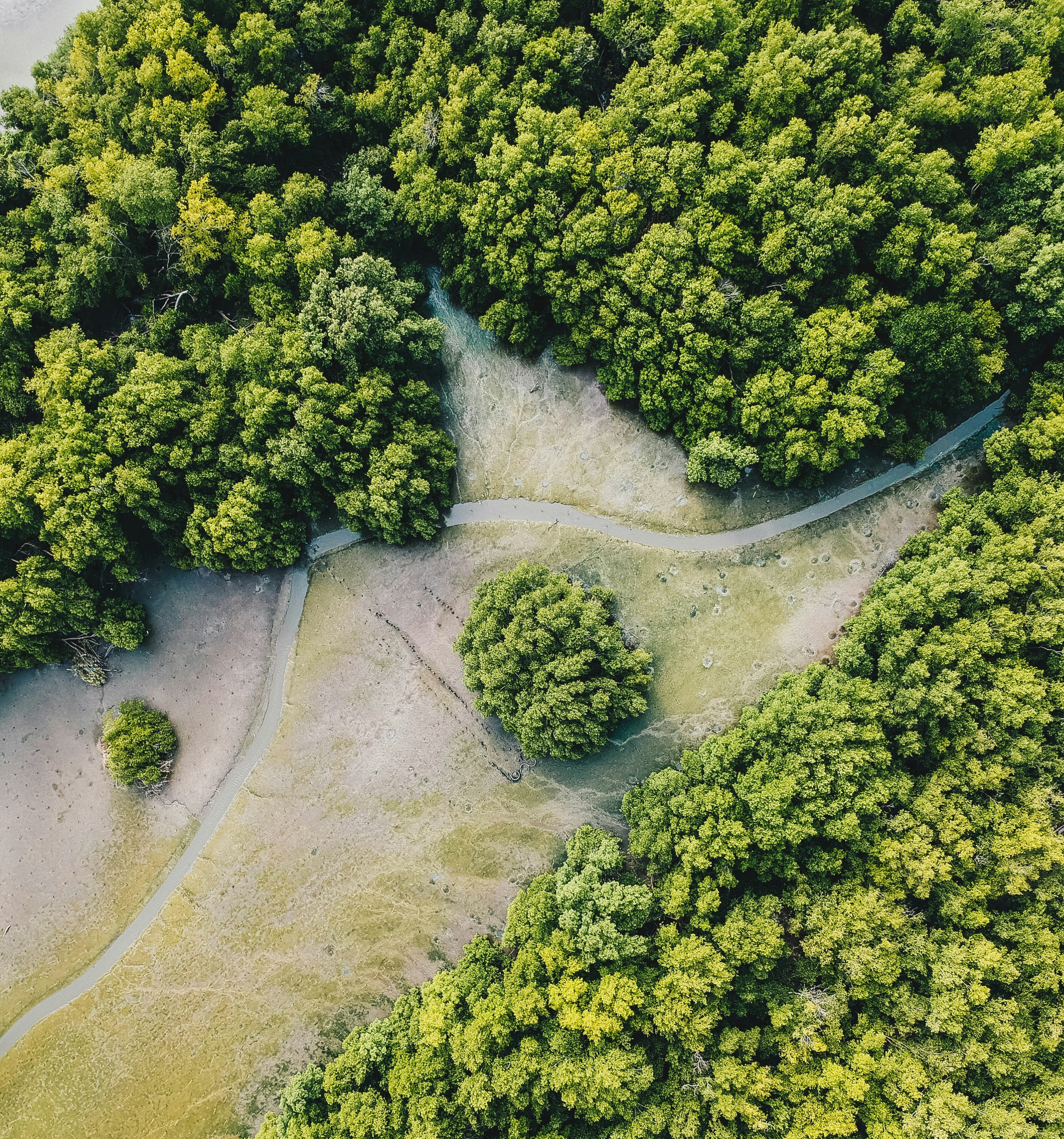
What Do Natural Beaches Look Like?
In their untouched state, beaches are far more diverse and adaptive than the curated resorts suggest.
Mangrove-fringed coasts (e.g., Belize, Thailand, and the Philippines) provide natural buffers against storms and erosion.
Dune-backed beaches in places like Mexico and Australia feature hardy vegetation such as seagrapes and beach grasses, stabilizing the sand.
Rocky shorelines and tidal flats (e.g., Indonesia’s islands) provide rich biodiversity but are often altered or covered with imported sand.
By allowing beaches to exist in their natural states, coastal landscapes remain more resilient to climate change, storm surges, and rising sea levels.
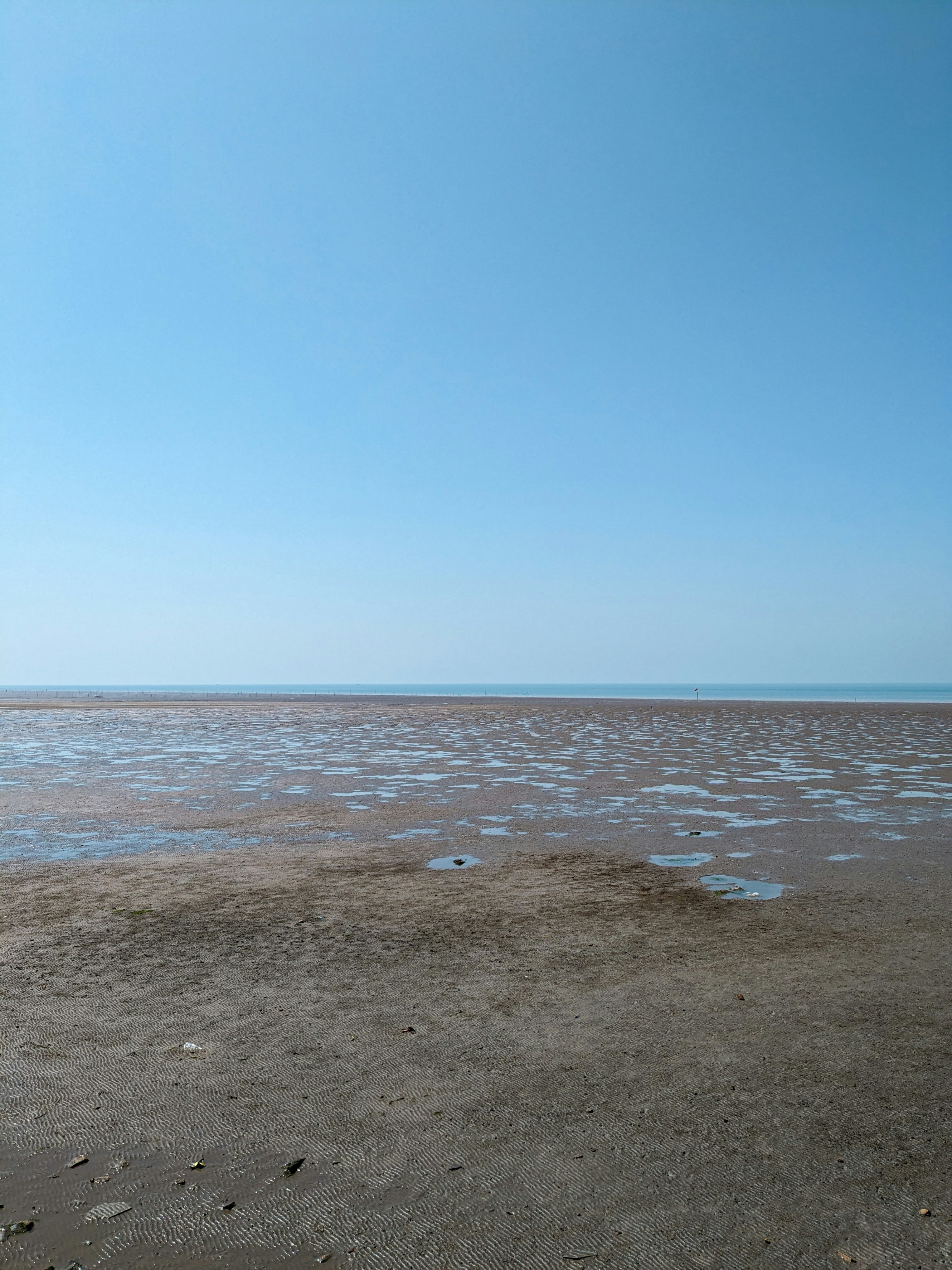
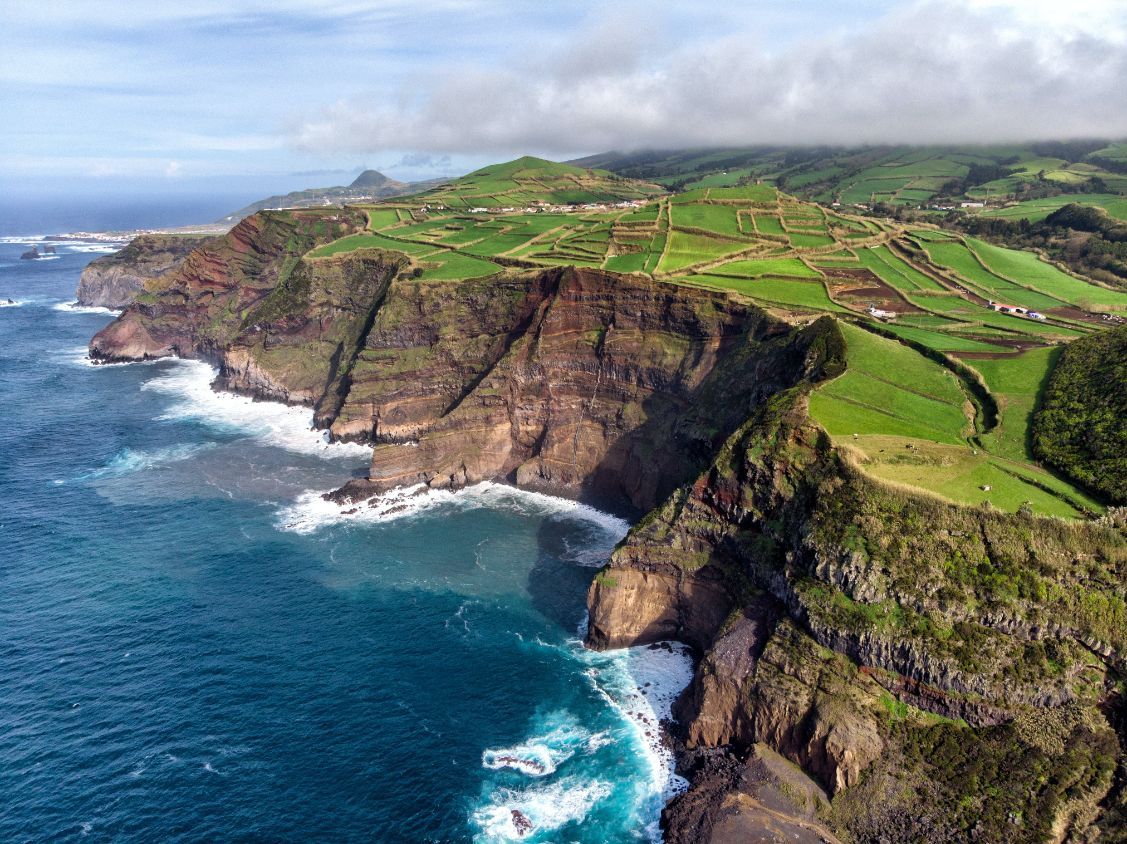
Resorts and Hotels Embracing Natural Beachscapes
While many resorts have historically reshaped their beaches to fit a tourist-friendly image, a growing number are embracing native ecosystems and using regenerative approaches instead.
1. Six Senses Laamu, Maldives
- Rather than artificially expanding beaches, Six Senses Laamu works to preserve and restore the island’s natural sand movement.
- The resort protects seagrass beds, which are often removed in favor of open water views, despite their vital role in carbon sequestration and marine life protection.
- A mangrove conservation project ensures shoreline stability, reducing the need for artificial barriers.
2. Playa Viva, Mexico
- Located on the Pacific coast, this eco-lodge integrates dune ecosystems, mangroves, and estuaries into its landscape.
- Uses native species instead of ornamental coconut palms to create a self-sustaining, biodiverse coastline.
3. Soneva Fushi, Maldives
- Employs regenerative landscaping, including coral restoration, mangrove replanting, and the conservation of seagrass beds.
- Uses natural building materials to harmonize with the surrounding landscape rather than altering it.
4. Nihiwatu, Indonesia
- Preserves its natural cliff-backed beaches rather than reshaping them.
- Works with local communities to protect native shoreline forests.
How Travelers Are Responding
There is a growing eco-conscious travel movement, with more tourists looking for sustainable experiences rather than artificial luxury. Travelers are increasingly:
- Choosing resorts that prioritize conservation over aesthetic perfection.
- Participating in marine and coastal restoration programs at eco-resorts.
- Seeking educational experiences that connect them to local landscapes rather than sanitized beach environments.
Can Native Vegetation Be Included in Resort Policies?
Yes! Some hotels and resorts are now incorporating native coastal vegetation requirements into their development plans.
Benefits of Native Shoreline Vegetation:
-
Prevents erosion (mangroves, seagrapes, and dune grasses).
-
Provides habitat for birds, insects, and marine species.
-
Requires less water and maintenance than imported species.
-
Increases resilience to storms and climate change.
Examples of Native Coastal Plants for Tropical & Subtropical Beaches
Instead of planting coconut palms, resorts can use:
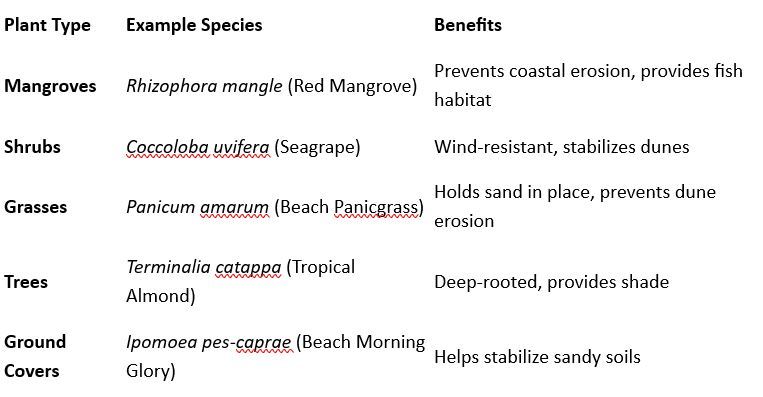
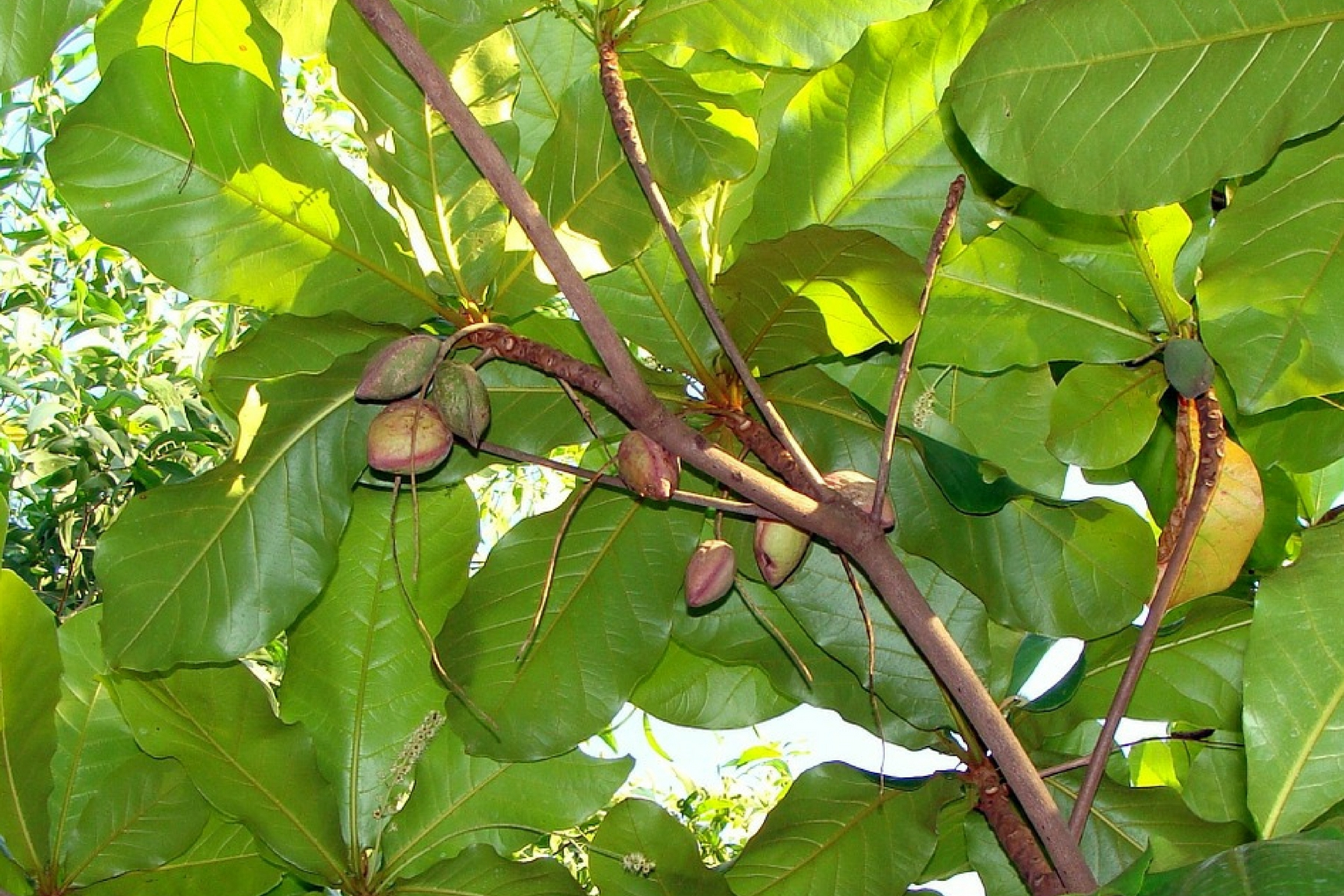
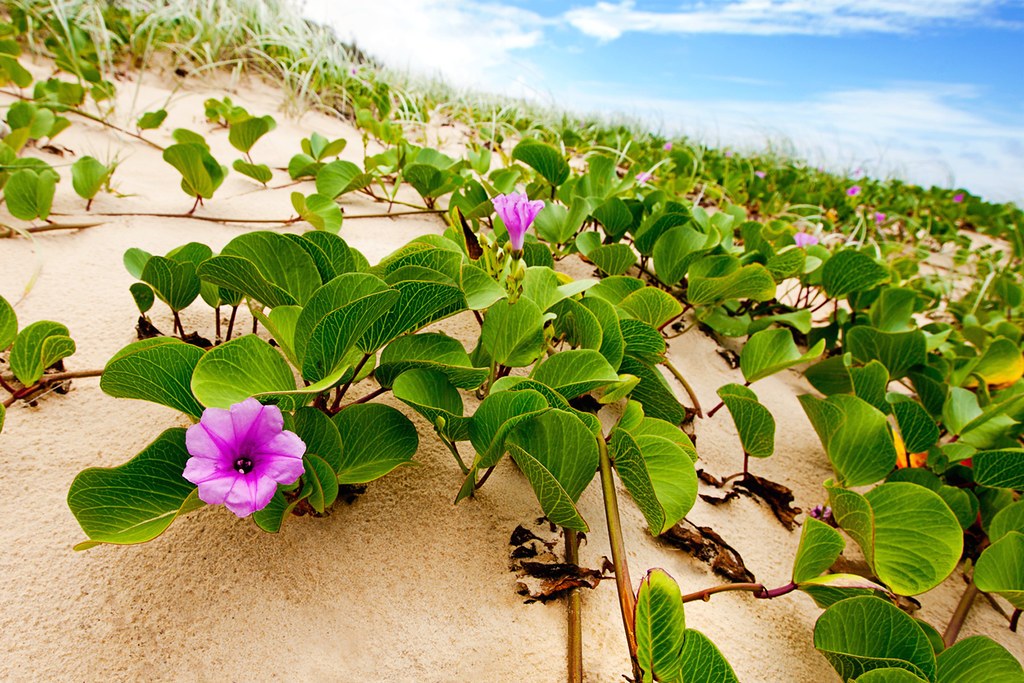


Many governments and conservation organizations are encouraging the use of native species in coastal developments. For example:
A Regenerative Approach: Designing Resorts Around Landscapes, Not the Other Way Around
The most sustainable approach is not to modify landscapes for resorts, but to design resorts to fit into the existing ecosystems.
-
Example: Wild Coast Tented Lodge, Sri Lanka – Uses a minimal footprint design that blends into its natural surroundings.
-
Example: The Brando, French Polynesia – Built around existing natural habitats rather than clearing land.
By focusing on regenerative design, hotels can:
-
Work with, not against, natural coastal dynamics.
-
Enhance biodiversity rather than replace it.
-
Build climate resilience into their properties.
Conclusion: Rethinking the Beachscape
The idea of white sands and coconut palms as the ultimate tropical paradise is often a human-made illusion—a landscape altered for aesthetics rather than ecological sustainability.
By embracing natural beachscapes, restoring native vegetation, and prioritizing ecosystem health over artificial beauty, resorts and coastal communities can protect shorelines, combat climate change, and provide richer, more resilient landscapes for future generations.
As more travelers seek authentic, sustainable experiences, hotels and resorts have an opportunity to lead the way in regenerating rather than reshaping the world’s coastlines.









